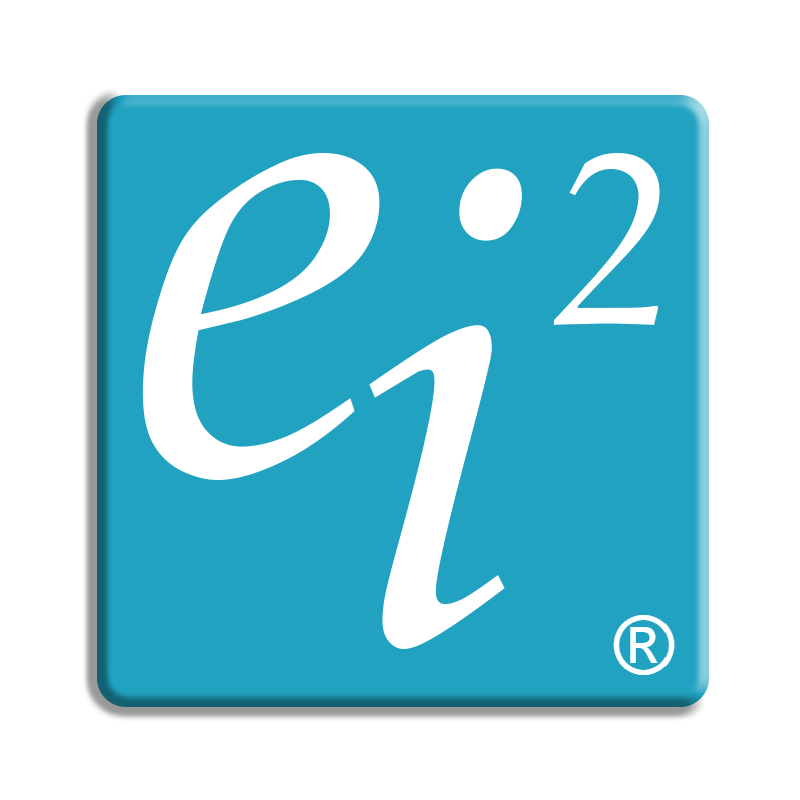How a WIKI-first approach helps tackle data chaos in centralised insights
Making data-driven decisions.
As organisations grow and mature, making decisions based on concrete information or “facts” becomes increasingly crucial. These facts whether from internal operations or external sources need to be captured, assessed for worthiness, analysed for usefulness, and then interrogated for intelligence. This process often involves skilled and repetitive interpretation by individuals. Decision-makers rely on these inferences and insights to make informed choices. Nowadays, we convert these facts into digital data, storing them for efficient access and analysis, a practice known as "data-driven decision-making."
What is data chaos?
The process of building a data asset requires an organisation to go through a data maturity journey. This may involve business process changes and planned phases of digital transformations. These changes require effective management of both people and processes and can improve the efficiency of maintaining the data asset. However, implementing them at the onset of the maturity journey can end up disrupting operations (too early to change everything!).
The data journey will have to embrace each business department’s/unit’s practices. Rather than imposing immediate changes, the data asset should complement and enhance existing practices. This integration will undoubtedly cause challenges as the current business processes and systems used will not always be common throughout the organisation.
Furthermore, once the data asset is operational, it will serve a variety of audiences with diverse goals and business objectives, all relying on the same dataset. As the business landscape and priorities evolve, so will the demands placed on the data asset.
This phenomenon is often referred to as data chaos. However, it's not necessarily negative; rather, it refers to a shift in the organisation's data mindset that impacts people, processes, and systems. Nevertheless, navigating data chaos is inherently challenging. Establishing a solid foundation for data transformation amidst these complexities is essential for creating a successful data asset that meets the organisation's future needs.
Why choose centralisation despite the chaos?
The success of a data asset depends significantly on the proactive efforts of individuals who maintain its quality, often referred to as "data champions." A centralised approach fosters better data governance, improves decision-making, and enables organisations to leverage their data more effectively for insights and innovation. Benefits include:
1. Future-proof strategies:
Embracing data as an asset necessitates a long-term shift in both mindset and processes. It makes us question how we should capture a business requirement in a way its performance can be measured in an insightful & friendly way e.g. “Do I only ask for what I want now? or should I ensure that appropriate data attributes are also captured that allows my organisation to understand more about what effects my decision will have.”
In the face of evolving business landscapes, choosing data centralisation offers resilience and adaptability. Despite the challenges posed by data chaos, centralisation ensures that the organisation maintains agility in evolving its data assets without compromising its integrity. This strategic approach enables effective decision-making and supports the organisation's long-term objectives.
2. Single Source of Truth:
Centralising the data asset aids in maintaining quality in a single place, and becomes the foundation of an organisation's "Single Source of Truth". This source becomes a consistent, accurate and standardised source of data based on which different independent business verticals can then extract their own useful insights which then lead to effective data-driven decision-making.
A single source of truth, by nature of its role should be a trusted and quality-governed source of truth. It also means that it needs continuous quality checks and upgrades to ensure it is true to its value, and is easily useable, accessible, and consumable by end users.
3. Streamlined access & distribution:
Centralised insight refers to the process of accessing accurate information and deriving inferences from a single, centralised source of truth.
Imagine if your organisation had access to a central repository of information, where all the crucial data from different business sectors, both past and present, was neatly stored. This access would streamline the process of analysing historical and current data and allow for deeper interrogation, leading to insights that impact key areas of interest within the organisation.
Furthermore, sharing insights is essential, but it's equally important to tailor them to the specific needs of different audiences. Whether it's AI-driven insights, predictive analyses, or classic reports, the mode of delivery must align with the recipients' requirements.
Technology plays a crucial role in distributing insights efficiently. However, with distribution comes the risk of data becoming outdated. Therefore, it's imperative to implement centralised control mechanisms and robust security measures to safeguard the integrity of the data, ultimately resulting in a successful data project.
The significance of centralised insights and the need to protect and govern data as an asset is deeply intertwined with organisational culture. It requires a proactive approach from both business and technology teams to ensure the integrity and health of this asset.
Struggling to streamline your data insights across various departments? Imagine a centralised solution that harmonises your data streams effortlessly. Let's collaborate to transform your data chaos into actionable insights. Connect with us today and let's pave the way for smarter decision-making.
Challenges to consider:
Embarking on a data project presents its own set of complications when compared to an application project, for instance:
It does not generate data as per a given spec/use case.
It must cater for data structures and patterns from all versions of the source systems.
It must infer common meaning to data from various unrelated sources.
It must be truthful, considering once-upon-a-time flaws in source systems.
It must be simple yet meaningful, and easily understood by the users considering their skillset.
It must be open to enhancement and future maturity.
Similarly, at the onset of a project, the main challenges faced by organisations include:
Understanding the data journey
Sourcing the data
Identifying the points of truth (governance and reconciliation)
Understanding the current and historic purpose
Understanding the current and future goals
Embrace centralised insights projects with confidence. But before you dive in, remember to address these crucial challenges head-on. Our team at EiSquare have decades of experience navigating these challenges. Reach out now and get tailored guidance for your organisation.
How to tackle data chaos?
First and foremost, acknowledge and embrace that no single individual possesses all the necessary knowledge at the beginning of the project. The team’s knowledge and expertise in these areas will develop gradually throughout the project.
This is best done by documenting the story of data discovery and evolving it, as and when more information is received i.e. write a book and keep on editing it.
Agile delivery: An agile mindset in delivery has been always proven to be successful in getting what is “actually” needed by the time it is needed. When we consider technology and product delivery to a client, there's often a fear of aiming for perfection right from the start, also known as the waterfall approach. In reality, this method has rarely proven successful.
A documentation-first approach using a WIKI allows a project to start by embracing the reality that not everybody knows everything at the onset of a project.
How to write a WIKI?
WIKI first is the approach of documenting the product in a central information repository.
Begin by considering the following questions:
What is the project about?
Who are the stakeholders?
What are the goals of the data journey?
The next step is to have high-level sections:
A.Current Data Journey
· Where does data get generated?
· Where does data get captured?
· Where does it get sent to?
· How does each data transfer get governed and reconciled?
· What are the opportunities that the data being reported has deviated from the initial data being produced?
B. Data and System Estate
· What business systems are being used?
· How to read data from the systems used?
C. Data Source Discovery
· Who are the business system owners?
· What data points are achievable from the various business systems?
D. Platform Architecture
· Security
· Encryption
· Ingestion
· Storage and Transform
· Data Consumers
· Insights and Visualisation
E. Data Points
· Data Verticals (e.g. Finance)
· Data Point (e.g. Cash)
WIKI is an open platform and should be contributed by everyone. It is straightforward to write and offers a simple syntax for formatting that makes the content look polished. It also supports mermaid diagrams and embedding images. Best of all, it is source control-based, meaning it tracks all edits, and includes comment sections for feedback and tagging individuals.
Navigating through the storm of data chaos can be challenging without dedicated support. Don't wait until it's too late. Partner with our experts from the very beginning of your digital transformation journey. Reach out today and steer clear of the pitfalls.
Next steps
Once the WIKI has taken shape, and we are ready to manage the delivery, this forms the requirements specification. You can create items to be worked on directly linking them to the section in the WIKI, resulting in:
A project-book first (WIKI first) approach
A focus on what is needed and complete just enough to manage the delivery board.
WIKI to evolve and edit to be more readable.
Enriching audience with more information as the project progresses.






